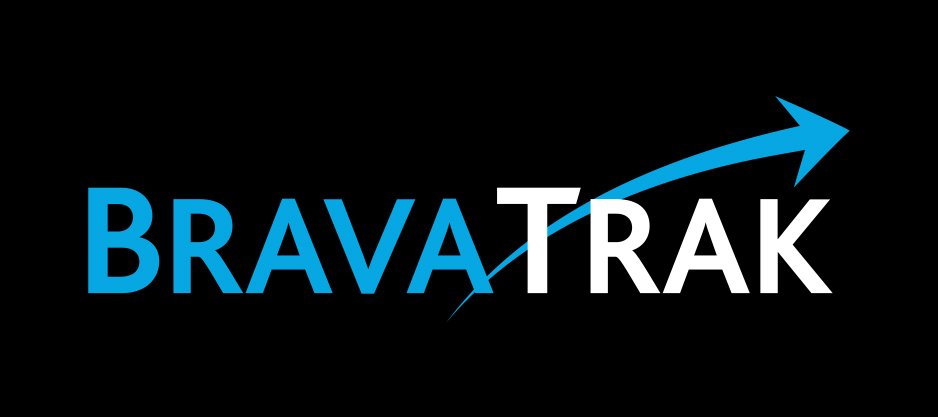The Right Metrics To Manage Your Agents On
(Which Can Increase Your Centres' Performance By 21%)
Transcript
Hey guys, this is Blair from BravaTrak.
I've been thinking about metrics and the importance of pitching your metrics at the right level for your frontline teams. Let me explain what I mean by that.
Your desired business results aren't necessarily what you want to be reporting to your frontline teams and holding them accountable for. And the reason for this is simple. They don't always have control over the achievement of your targets for that business result.
By way of example, let's say 'speed to answer' is a critical business result for you. Of course, there are many factors which are affect speed to answer, including the number of agents rostered on, the number on unpaid leave, and call volumes - which may be driven by other factors, such as the weather.
Reality is, no individual agent who's turned up for work has any influence on any of those factors.
So 'speed to answer' is not the right metric with which to manage the performance of your frontline teams. Objectives, on the other hand, are metrics over which your agents do have a lot of control. And which contribute to the achievement of your business results.
Continuing the 'speed to answer' example, imagine when you analyze data on agent performance, you notice a wide range in 'average handling time'. If so, you might decide to select 'average handle time' as an agent objective, as your frontline team members have a great deal of control over that.
Now, of course, you don't want to minimize AHT, but you do want to optimize it. So for example, you might decide the sweet spot is the 'average handle time' for agents at the 80th percentile of performance, who are meeting their quality and their CSAT (Customer Satisfaction) targets.
Decreasing AHT to this level ought then to have a major impact on 'speed to answer' and customer experience.
Now, here's a real world example of that. We helped a large organization reduce their AHT from around 7 minutes to under 5 minutes and 30 seconds, which was a roughly 21% decrease. This lead to 'speed to answer' dropping from around 27 minutes to under 1 minute, and to savings of over 200,000 per month in telecommunication costs. All from focusing and managing frontline agents on a metric over which they had control.
Well, that's my take. What do you think?
